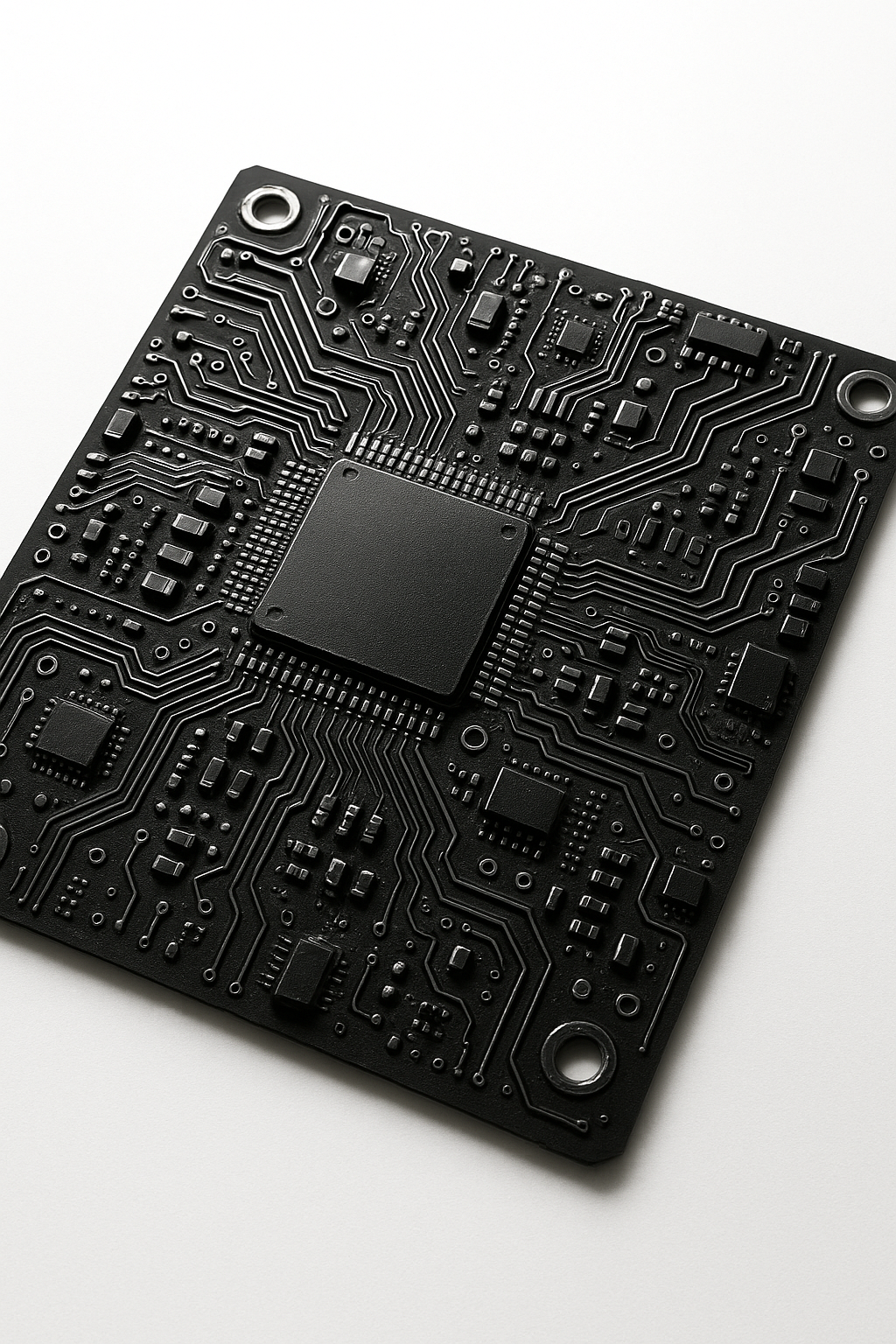A few years ago, during a workshop organized by SLIIT over the holidays, I got hands-on with IoT for the very first time. Up until then, my world was purely software, code running on laptops and servers. This was the first time I saw software directly interacting with the physical world.
The Setup
I used an ESP32 board. It’s a tiny, WiFi enabled microcontroller as the core of the system. Connected to it were:
- A humidity sensor to track moisture in the air
- A light sensor (LDR) to measure ambient light
- A breadboard and jumper wires for prototyping
- A power bank to keep everything running without tethering it to a PC
Writing the components together was simple but eye-opening. Each wire, each pin, each connection mattered. It was a refreshing change from the abstract world of software.
The Code
I programmed the ESP32 to read sensor values periodically and send them to a lightweight REST API I built using NodeJS. On the backend, the data was stored in a MongoDB database.
Once the data started flowing, I could visualize it. Humidity and light trends plotted over time using simple charts. It felt like magic. A few sensors, a small board, a power source, and suddenly, I had a tiny system collecting and reporting live data from the environment.
Takeaways
This project was more than just a technical experiment, it shifted my perspective. I realized how software can reachbeyond screens and keyboards to sense, measure and respond to the real world.
Since then, I’ve been deeply interested in systems where hardware and software blend, smart devices, edge computing, embedded systems, and everything in between.

Leave a Reply